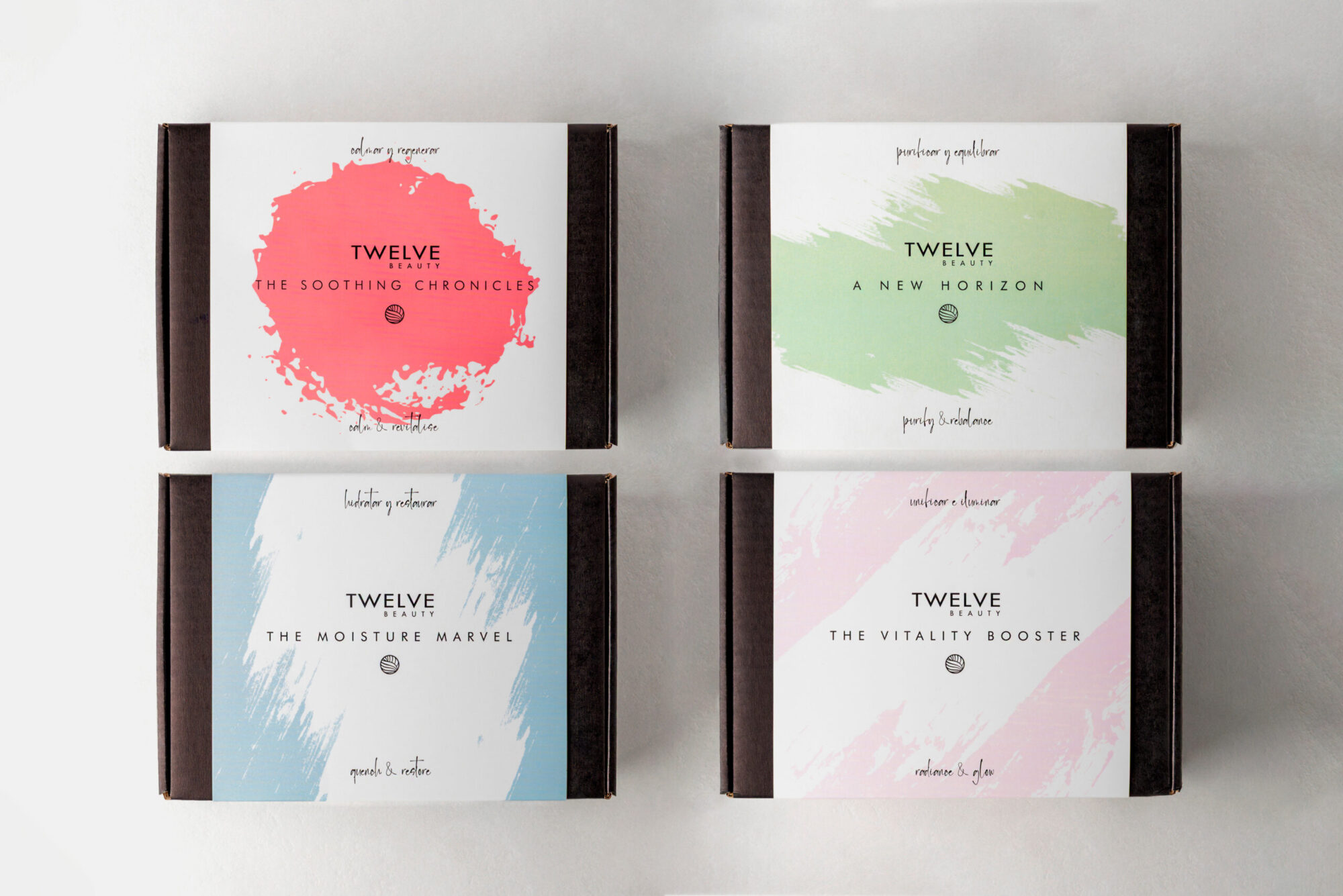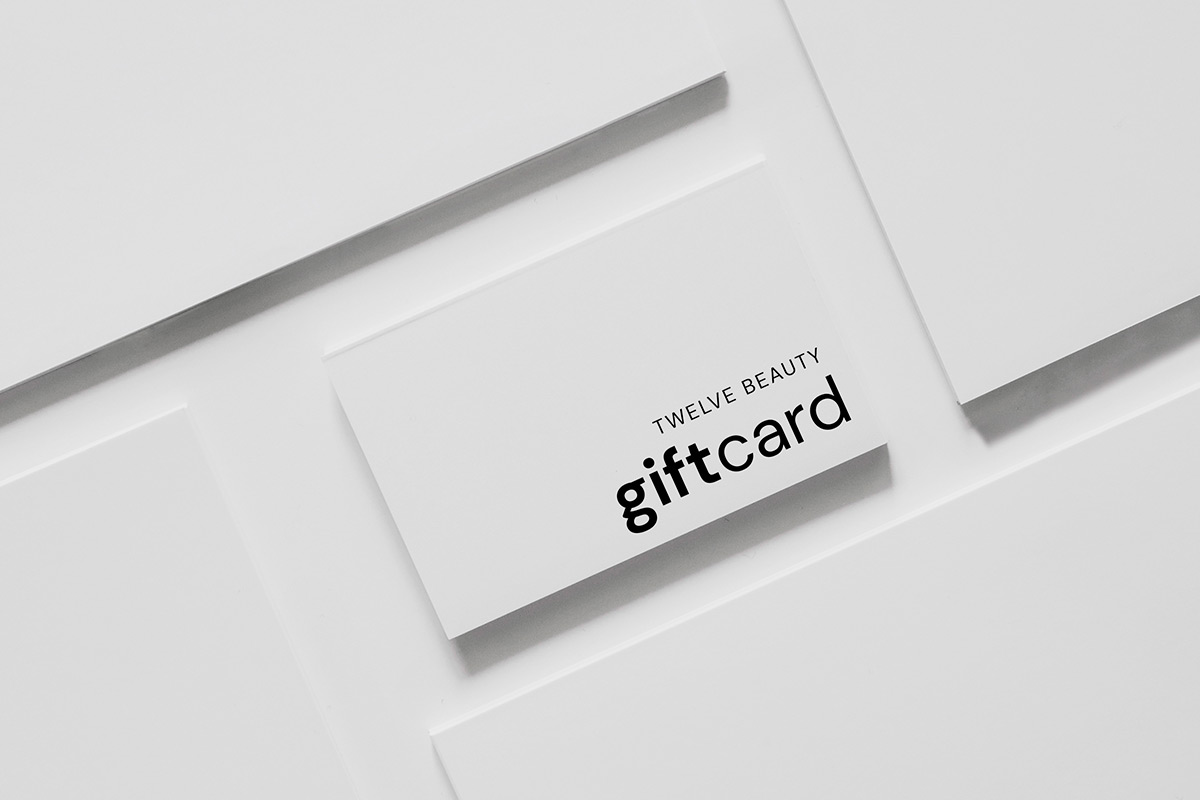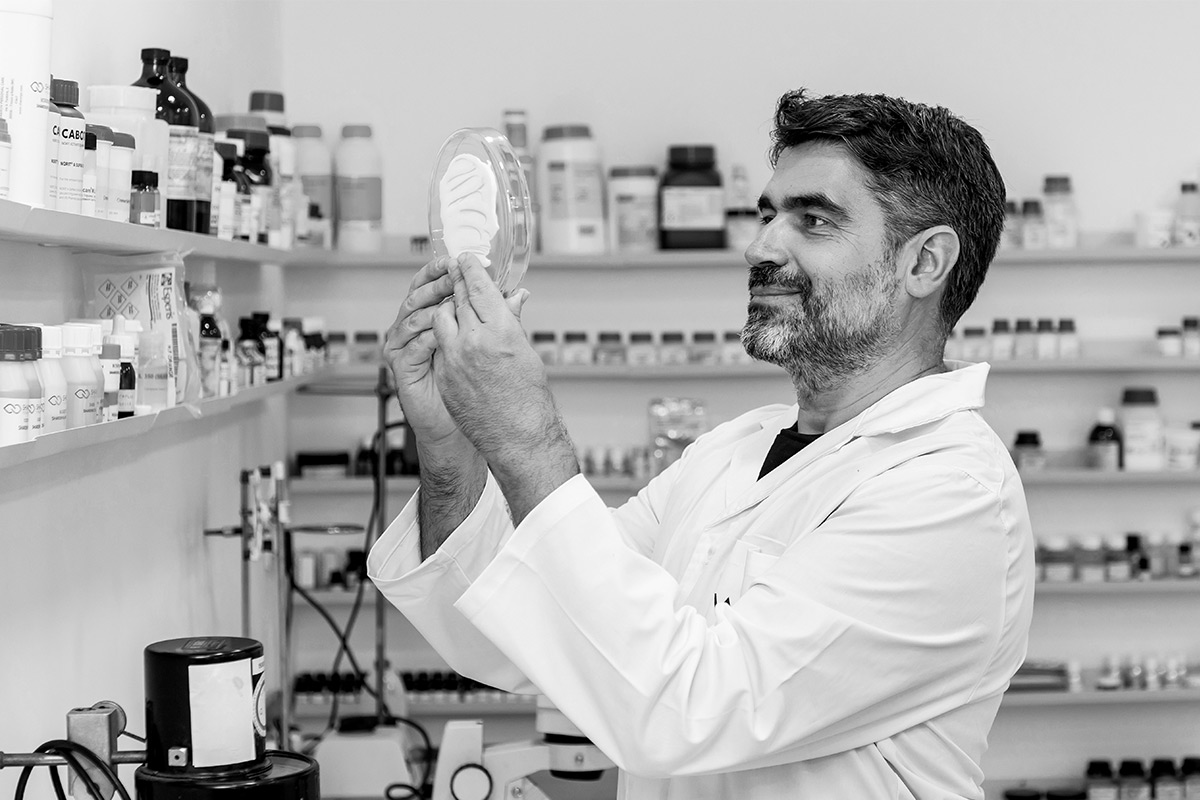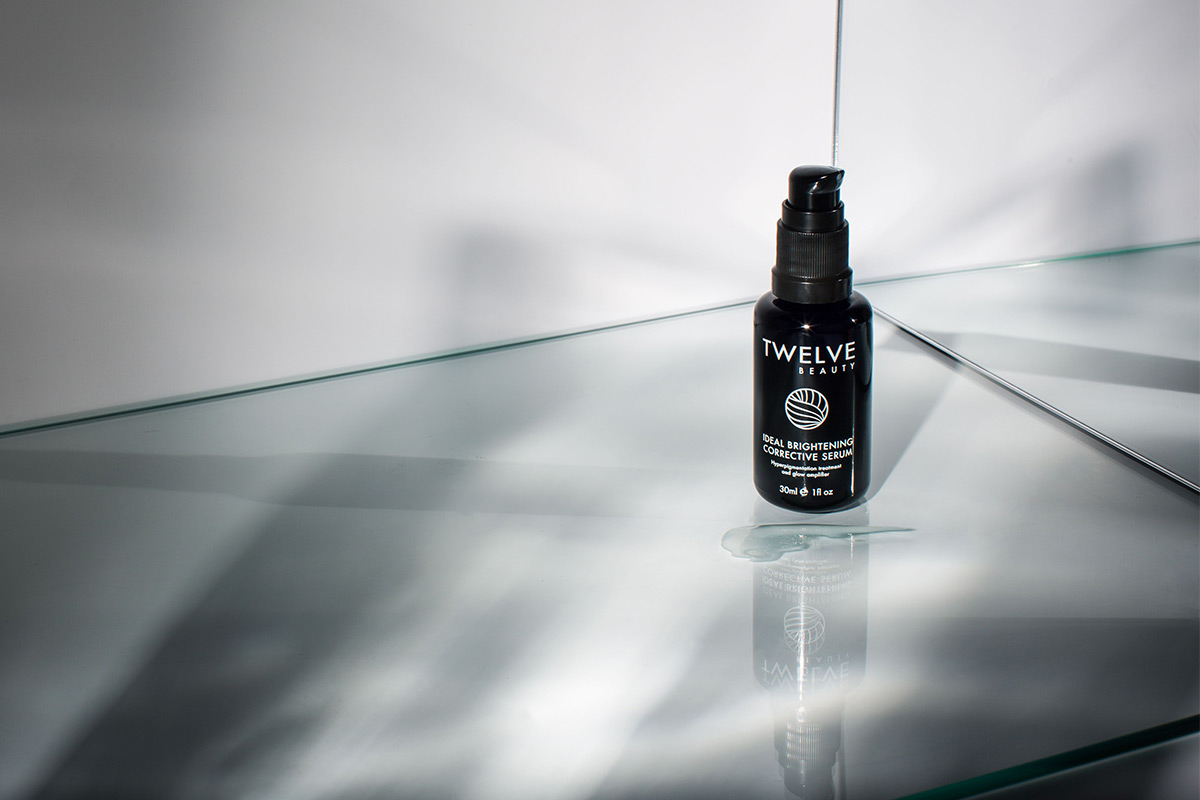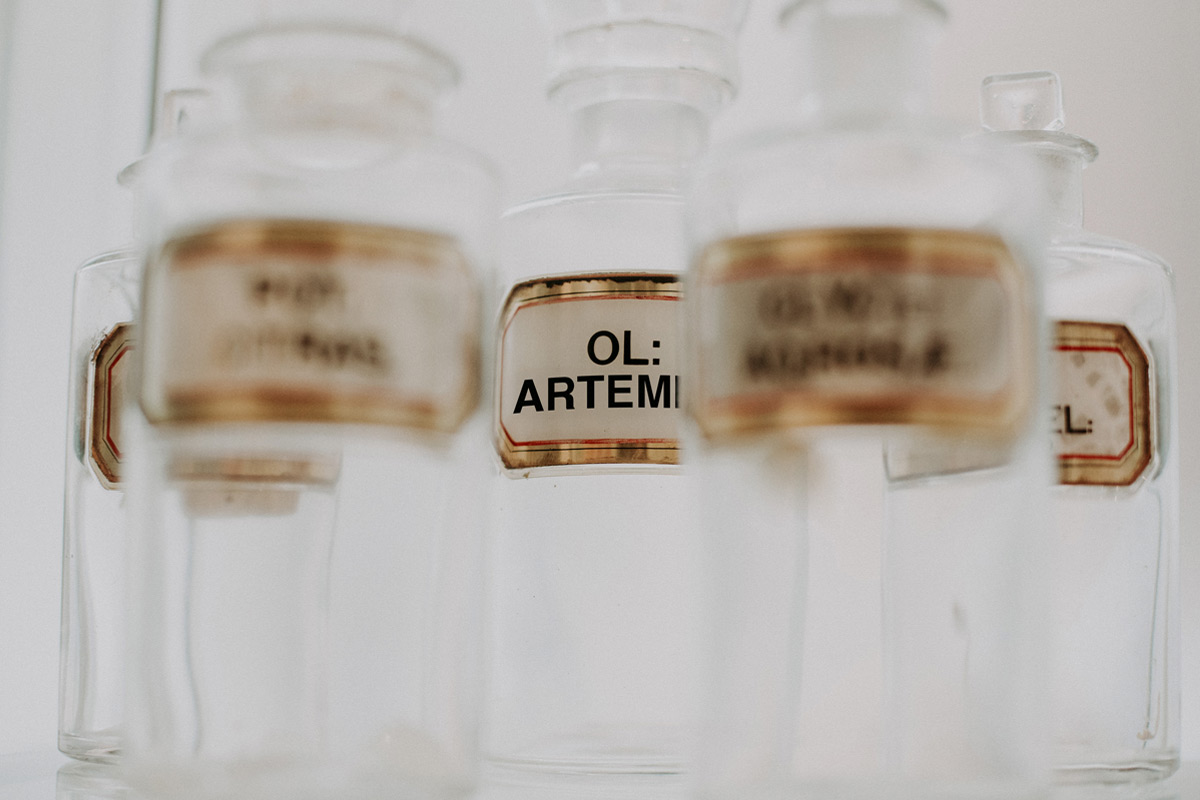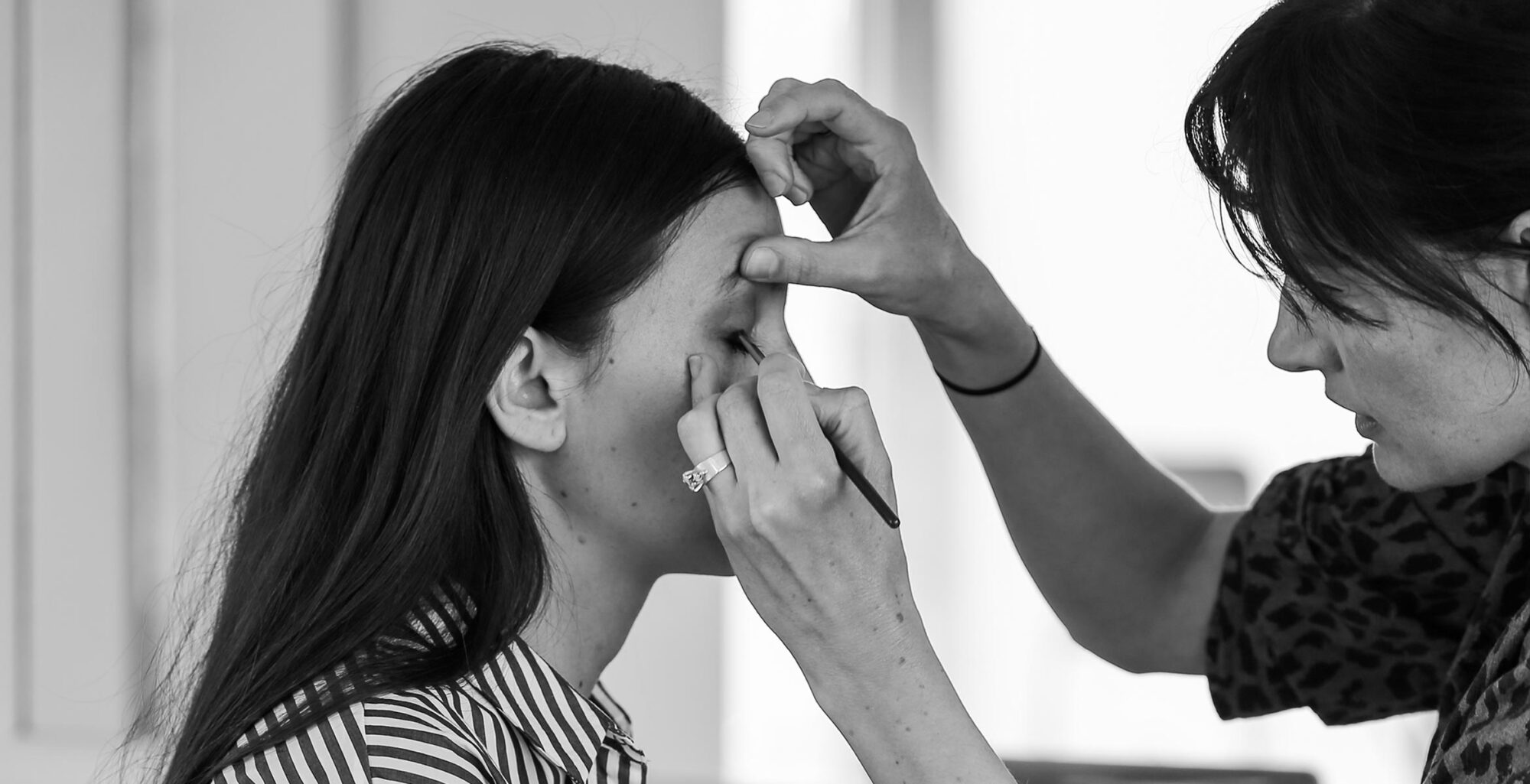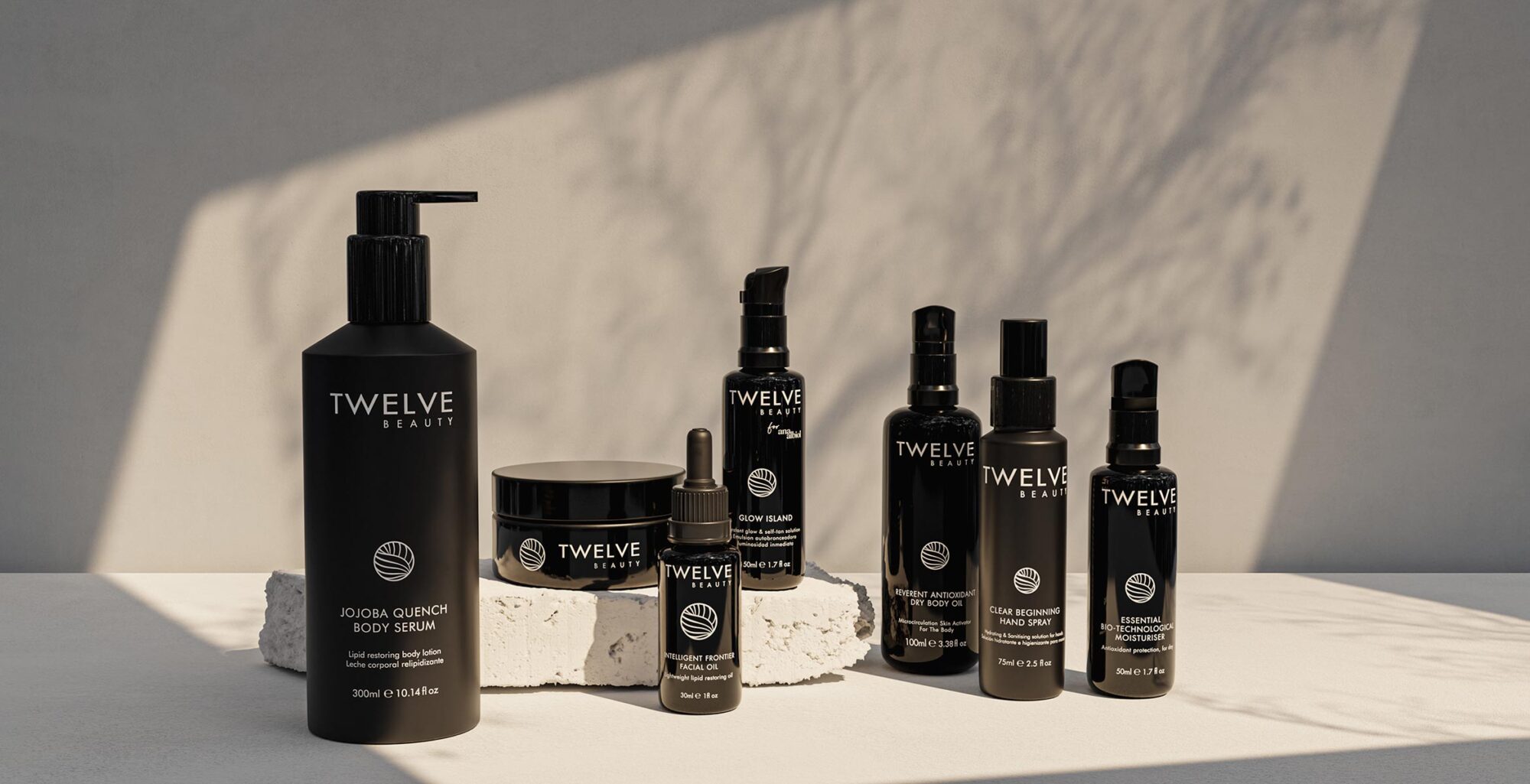Ice Water Face Dip: Skin Saviour or Viral Gimmick?
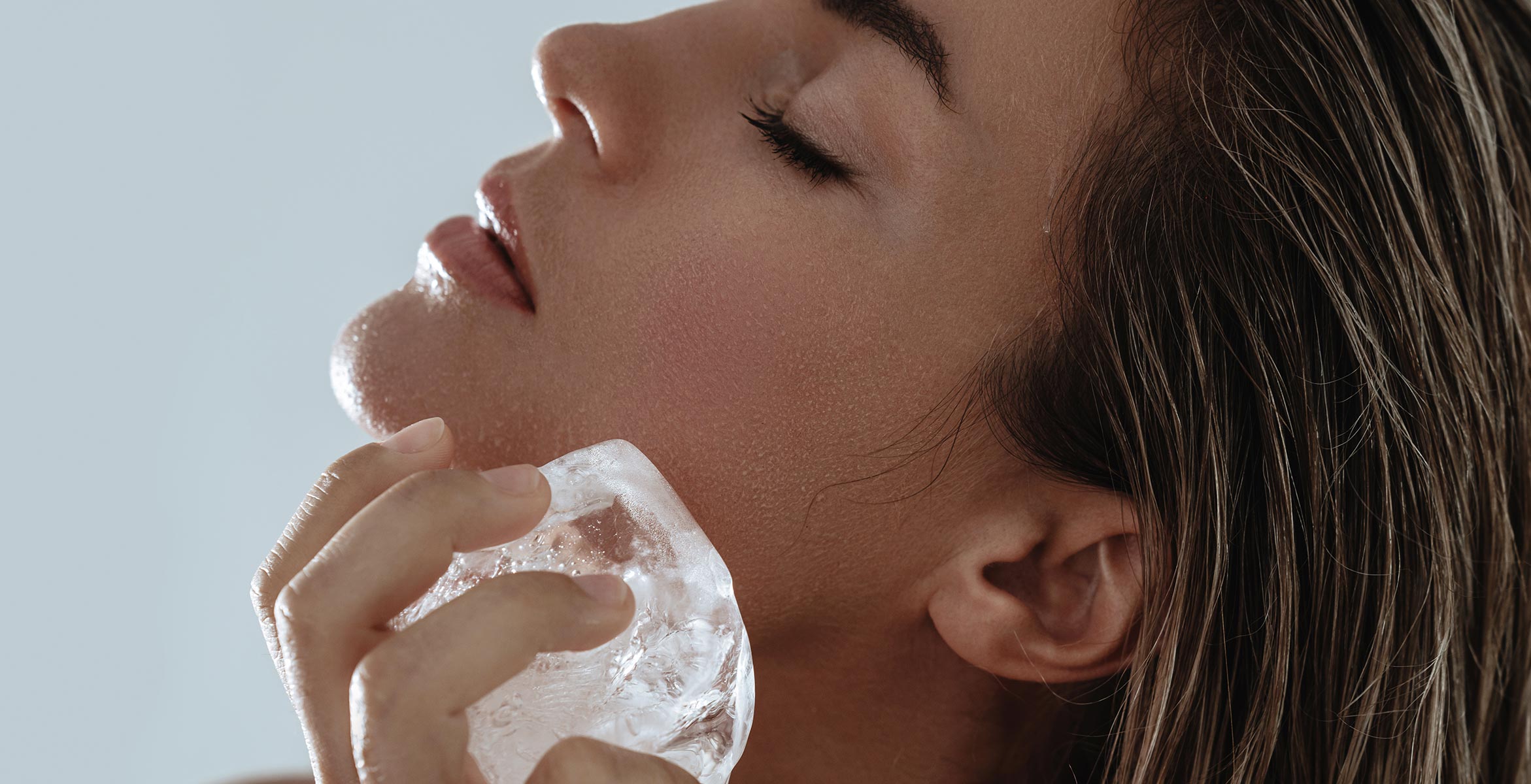
It starts with a bowl of ice, a splash of water, and a promise: tighter skin, reduced puffiness, and a glow so radiant it could rival your favourite serum. “Ice dunking”, the viral beauty ritual of plunging your face into ice water for up to 30 seconds, has exploded across TikTok and Instagram, with celebrities like Bella Hadid and Hailey Bieber giving it their stamp of approval. But is the ice water face dip really the skincare miracle it claims to be?
Let’s look at the facts behind the trend, explore the face in ice water benefits, and see if chilling your skincare products is genuinely worth the fridge space, or if it’s all just frosty fluff.
What Is Ice Dunking?
The ice water face dip trend is exactly what it sounds like: submerging your face into a bowl of ice-cold water, often filled with actual cubes of ice, for 10–30 seconds. It’s hailed as a shortcut to depuffed cheeks, a poreless canvas for makeup, and even a mood stabiliser, with some fans claiming it can “reset the parasympathetic nervous system.”
It’s no surprise that the trend has caught on. Cold exposure has long had a place in wellness, from ice baths for athletes to cryotherapy in high-end spas. But does doing an ice water face dip everyday bring any real, lasting skin benefits?
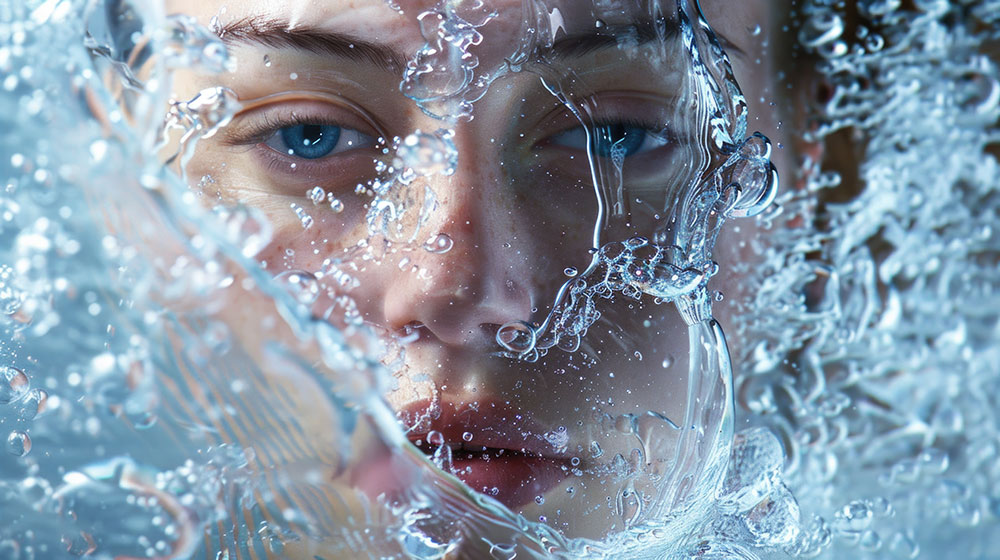
From Your Skin’s Perspective: Cooling Isn’t Always Healing
From your skin’s point of view, there’s nuance and caution to be had. While the ice water face dip can trigger vasoconstriction (the narrowing of blood vessels), resulting in a temporary reduction in puffiness or facial swelling, these effects are fleeting. Your skin might feel temporarily firmer, appear more radiant, and even feel soothed, but it’s not repairing damage or preventing ageing.
The (Temporary) Benefits of an Ice Water Face Dip
- Decreased Puffiness: Particularly around the eyes, the cold can reduce swelling.
- Mild Firming Effect: Skin might feel tighter thanks to the restricted blood flow.
- Healthy Glow: A short burst of cold can temporarily improve circulation and brighten the complexion.
But all these face in ice water benefits are transient. There is no scientific evidence to suggest that a regular ice water face dip can reduce wrinkles, improve elasticity, or lead to long-term improvement in skin health.
Hidden Harms: The Risks of Ice Dunking
The glow-up might be short-lived, but the damage can linger. Submerging your skin in icy water may irritate or harm the skin barrier, especially when done frequently or on already compromised skin.
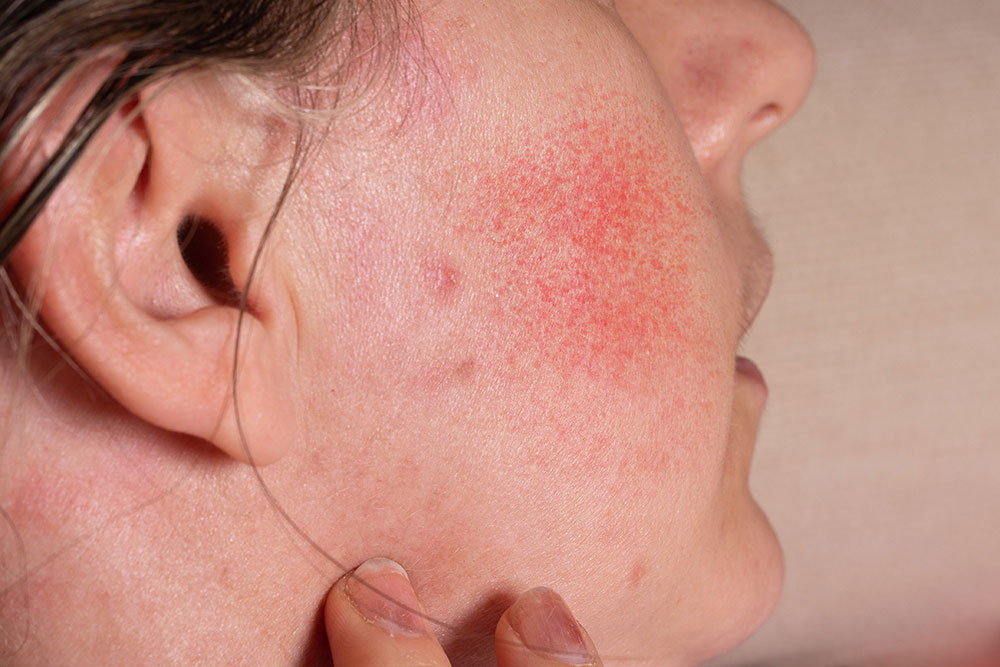
What Can Go Wrong?
- Barrier Damage: Prolonged or direct contact with ice can result in redness, burning, or paradoxical inflammation.
- Cold Burns: Extreme temperatures can quite literally burn your skin, leading to discolouration or scarring.
- Exacerbated Skin Conditions: People with rosacea, broken capillaries (couperose/spider veins), sensitive skin, or those recovering from treatments like laser or chemical peels should avoid ice dunking altogether.
- Cold Urticaria: This is a physical allergy to cold. It causes itchy welts (hives) that appear minutes after exposure.
If you notice any redness, burning, or welts after trying an ice water face dip, stop immediately and consult your trusted skincare professional.
How to Treat Skin Irritation Safely
If you have overdone it with cold exposure, a minimal, restorative routine is key. The goal is to help your skin recover and rebuild its protective barrier.
When your skin is irritated or sensitised, think of it as you would a wound. It needs gentle, barrier-supportive care, not stimulation. A great starting point is a routine that focuses on hydration, nourishment and protection.
We recommend the following:
- Purifying Cleansing Beauty Cream: A delicate cleanser that respects the skin’s barrier without stripping it.
- B12 Calm Serum: A lightweight, nutritive serum that hydrates and calms even the most reactive skin.
- Nutritive Repair Emulsion: A calming, highly nourishing moisturiser designed to comfort and restore balance.
This “less is more” approach supports the skin’s natural ability to heal.
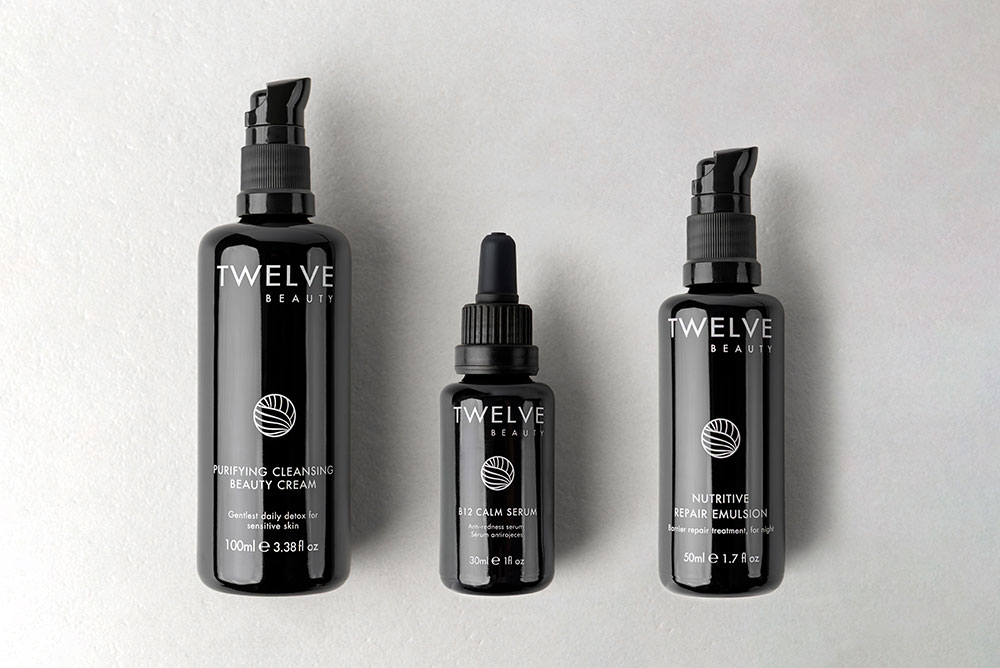
Can Ice Dunking Be Done Safely?
If you’re still curious to try it, follow these simple precautions:
- Never apply ice directly: Always wrap it in a soft cloth or gauze to prevent cold burns.
- Keep it brief: A few seconds is enough. Avoid prolonged submersion.
- Know your skin: Avoid if you have any form of inflammation, injury, or dermatological treatment underway.
- Use sparingly: Treat it as an occasional wake-up call, not a daily ritual.
Ice Dunking vs. Cryotherapy: Not the Same Thing
Let’s not confuse viral beauty trends with medical-grade therapies.
Cryotherapy:
- Uses controlled cold, such as liquid nitrogen at -196ºC, in clinical settings.
- Applied to treat lesions (like warts or actinic keratoses) with precision.
- Cryolipolysis is another medical-grade treatment using freezing temperatures to destroy fat cells.
An ice water face dip, on the other hand, is not a dermatological treatment. It’s a refreshing sensation, not a clinically validated skincare practice. The two aren’t interchangeable.
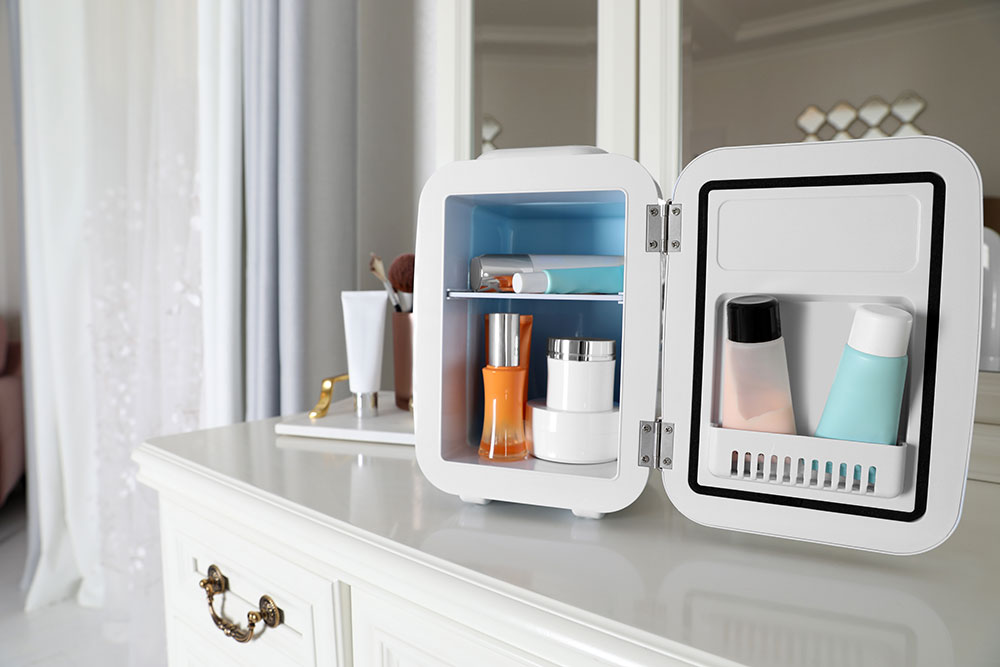
What About Refrigerating Your Skincare?
Alongside the ice dunking craze, we’re seeing a parallel trend: the rise of storing your skincare in the fridge. But does putting your favourite serum on ice really help?
What the Science Says
Skincare is developed to remain stable at room temperature, although some vitamins might benefit from lower temperatures:
- Vitamin C (ascorbic acid)
- Vitamin A (retinoids)
- Vitamin B (niacinamide, panthenol)
- Vitamin E (tocopherol)
In these cases, cooler temperatures may slightly extend shelf life. However, most reputable brands already test their products under refrigeration during development, simulating cold warehouse storage or winter transport conditions. It’s not required, but it’s good practice.
When Refrigeration Backfires
Despite the aesthetic, cold storage can destabilise certain products:
- High-alcohol formulas can precipitate, forming visible particles.
- Water-in-oil emulsions may split, with water separating from the oil.
- Natural gums and essential oils can become cloudy or lose solubility.
- Oils and balms can harden, making application difficult.
This fluctuation, known as a change in rheology, affects how the product looks, feels, and performs on your skin.
And then there’s the user error. Leave your product out for more than five minutes post-application, and you’ll create a temperature swing that further stresses its formula.
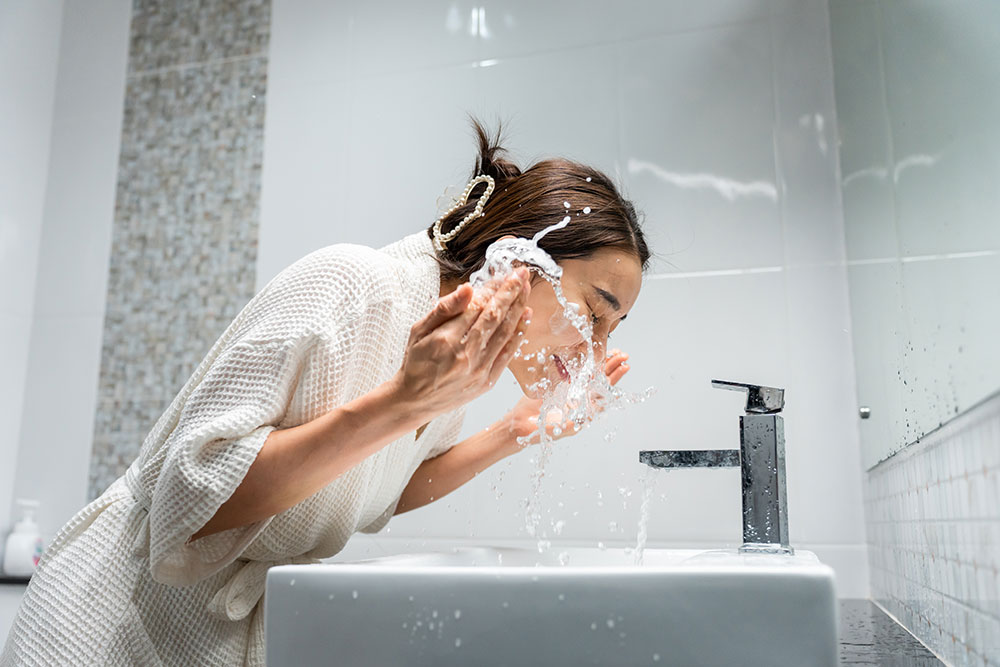
Does Cold Skincare Feel Good? Yes. Does It Help? Not Always.
It’s undeniable that icy spritz or cold cream feels amazing, especially in the heat. But feeling good doesn’t always equate to doing good. Repeated cold exposure can affect your skin’s health over time, especially the capillaries.
So while a cooled formula might make your skin feel awake, energised, and momentarily less puffy, the repeated stress it causes may not be worth it, particularly when gentler, more effective options exist.
Chill With Caution
The allure of the ice water face dip or refrigerated skincare lies in its simplicity, accessibility, and instant gratification. It feels like self-care, looks great on social media, and mimics the buzz of professional treatments, all for the price of a few ice cubes.
But here’s the truth: it’s a sensorial experience, not a skincare solution. The face in ice water benefits are short-term and mostly superficial. Worse still, they can be harmful if you have sensitive skin or an impaired barrier.
Want that fresh-faced glow? Focus on strengthening your skin from within with calming, moisture-rich formulas, not just freezing it into submission. And if you still feel like dunking your face into ice water on a hot summer morning, go ahead – just don’t make it your daily ritual.
